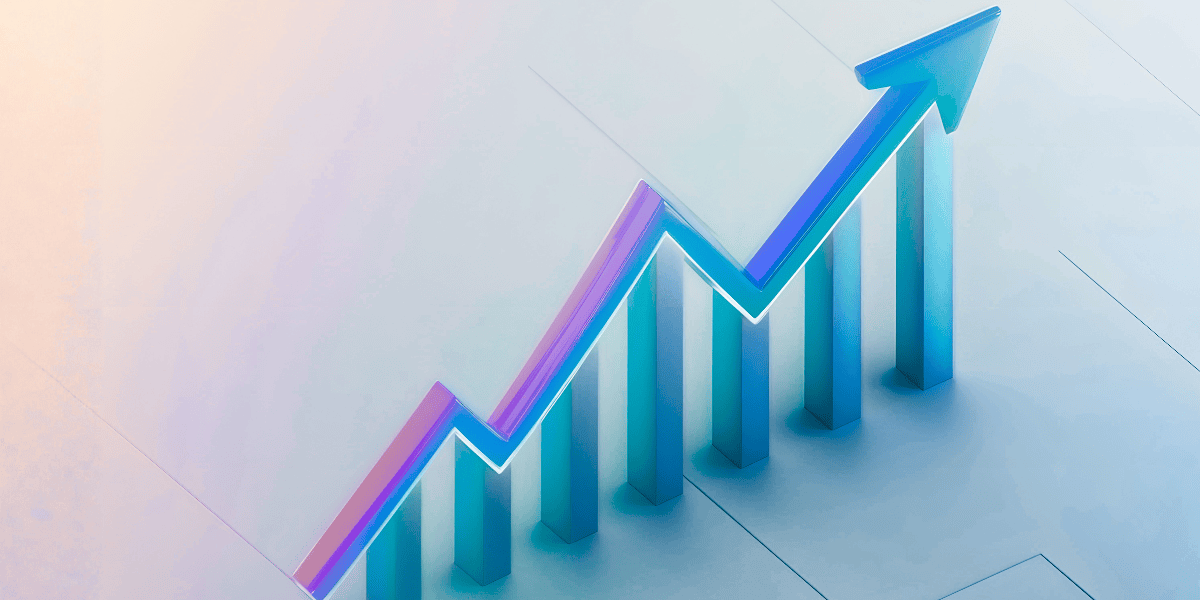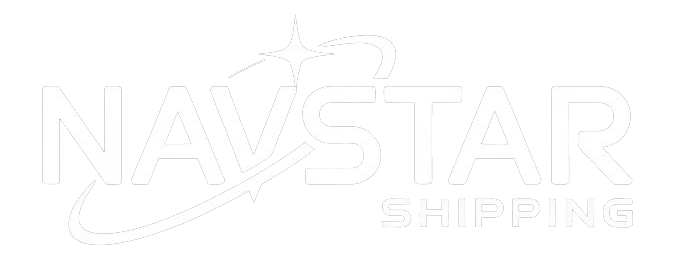2025 Trends in Logistics Technology
How innovation is shaping a smarter, more connected future for shipping and protection
The world of logistics is moving faster than ever, and 2025 is already rewriting how we ship, track, and protect valuable goods. Some trends sound futuristic, but many are already here, reshaping how businesses think about visibility, efficiency, and protection.
For companies that move high-value shipments, technology is not just improving convenience. It is transforming how goods are handled, monitored, and secured from start to finish. The systems built today will set the new standard for trust and precision in logistics tomorrow.
Here are the key logistics technology trends that will define 2025, and how they are creating a smarter, safer, and more connected future for businesses around the world.

Artificial Intelligence for Predictive Operations
Artificial intelligence is now one of the strongest forces in logistics innovation. In 2025, it is powering smarter decision-making across every stage of the supply chain. AI helps companies predict delays, optimize routes, and identify risks before they happen.
For high-value shipments, predictive AI is especially powerful. It can detect patterns that signal possible theft, route delays, or handling risks. This allows logistics teams to make real-time decisions that keep goods safer and deliveries more reliable.
AI is also transforming customer experience. Predictive insights make it easier for businesses to provide accurate delivery timelines, reduce errors, and improve accountability.
IoT and Real-Time Visibility
The Internet of Things continues to revolutionize the logistics industry. In 2025, IoT devices are smarter, smaller, and more accurate than ever. Sensors now track temperature, humidity, vibration, and impact with high precision, providing real-time updates directly from the shipment itself.
This technology is crucial for high-value or sensitive goods. It allows businesses to see exactly where their shipments are and how they are being treated during transit. The ability to monitor environmental conditions ensures fragile or temperature-sensitive items arrive safely and in perfect condition.
Combined with modern logistics platforms, IoT data gives businesses a complete picture of every shipment in motion. It turns protection from a reactive process into a proactive one.
Automation and Robotics
Automation is reshaping logistics from the inside out. In 2025, warehouses are increasingly managed by smart robotics systems that handle sorting, packaging, and movement with speed and accuracy.
On the road, semi-autonomous transport and automated dispatching systems are improving efficiency and reducing delays. In last-mile delivery, robotics and drone technologies are beginning to play a growing role, especially for small or high-value shipments that require precision and speed.
For businesses, automation is more than convenience. It means fewer manual errors, faster turnaround times, and greater consistency. These advances make logistics more predictable and less vulnerable to disruption.
Blockchain and Secure Digital Records
Data transparency is now a priority in global logistics. Blockchain technology is helping companies create tamper-proof digital records that verify every stage of a shipment’s journey.
This innovation is especially valuable for industries that rely on authentication, such as jewelry, technology hardware, and medical devices. Blockchain creates an immutable record of the shipment’s chain of custody, reducing fraud and improving compliance.
By connecting blockchain with IoT data, logistics providers can prove not just where an item was, but how it was handled along the way. The result is a new level of accountability and trust between suppliers, carriers, and clients.
Unified Platforms and Workflow Integration
One of the most important trends in 2025 is the shift toward unified logistics systems. Businesses are moving away from fragmented tools for booking, tracking, documentation, and protection. Instead, they are adopting integrated platforms that bring every function together in one place.
A connected platform allows logistics teams to manage shipments, protection, and data without switching between systems. This saves time, reduces errors, and makes the entire process more transparent.
Integration also enables collaboration. When protection, tracking, and reporting are part of the same workflow, every team involved can access accurate, up-to-date information. It creates a single source of truth that improves efficiency and confidence at every level.
Proactive Monitoring and Human Oversight
As logistics systems grow more automated, the industry is recognizing a new truth: technology alone cannot ensure reliability. In 2025, the trend toward combining automation with human oversight is becoming one of the most important shifts in logistics management.
AI-powered platforms and smart sensors can detect irregularities instantly, such as temperature changes, route deviations, or handling impact, but human expertise remains essential for interpretation and action. Automated alerts are only effective when paired with experienced teams who can evaluate the situation, contact carriers, and coordinate responses in real time.
This collaboration between human insight and machine precision is setting the new standard for operational excellence. By maintaining a human presence in automated systems, logistics providers can reduce false alarms, respond to genuine risks faster, and maintain accountability throughout the supply chain.
The future of logistics will be defined not only by automation, but by how intelligently humans and technology work together to keep shipments secure and operations resilient.
Sustainable and Smart Packaging
Sustainability has become one of the strongest forces shaping logistics in 2025. Companies are rethinking how goods are packaged, transported, and managed to reduce waste and environmental impact. The conversation is no longer just about using recyclable materials but about designing smarter systems that make sustainability part of everyday operations.
From lighter, stronger packaging materials to optimized shipping routes and reduced packaging volume, logistics providers are finding ways to minimize resource use without compromising protection. New technologies are helping track carbon output and support data-driven sustainability reporting, allowing businesses to measure progress more accurately.
This shift reflects a broader understanding that sustainability and efficiency go hand in hand. By reducing waste, optimizing materials, and improving packaging design, logistics operations can lower costs, increase resilience, and demonstrate environmental responsibility while maintaining the highest standards of product protection.
Data-Driven Protection and Continuous Improvement
Data is now the foundation of effective logistics management. In 2025, companies are using advanced analytics to understand performance, identify weaknesses, and predict future risks.
By analyzing shipping data, businesses can refine packaging strategies, optimize routes, and improve their protection plans. These insights drive continuous improvement and enable smarter decisions that lead to faster, safer deliveries.
Platforms like NavStar turn logistics data into actionable intelligence. Every shipment becomes an opportunity to learn, adapt, and improve. Over time, this builds stronger operations and more reliable outcomes for clients.
How NavStar Aligns with 2025 Logistics Trends
NavStar was created for a new generation of logistics. It brings together technology, data, and human insight to make high-value shipping safer and more efficient.
- Connected Tracking and IoT Data: Live environmental and GPS information for every tracker-enabled shipment.
- Integrated Platform: Protection, documentation, and shipment management all in one place.
- Warranty-Backed Protection: Transparent cover with digital claims and expected rapid resolution.
- Smart Shipping Kits: Individual components available for complete customization.
- Active Monitoring: Real-time alerts supported by human oversight, including 24/7 and VIP Monitoring options.
- Commitment to Innovation: Continuous adoption of AI and predictive analytics to enhance efficiency and control.
NavStar’s mission is to help businesses ship smarter, protect better, and stay ahead of the changing logistics landscape.
The Future of Logistics Technology
2025 marks a turning point for logistics. The combination of data, connectivity, and automation is creating a supply chain that is faster, smarter, and more secure than ever before.
Businesses that embrace these changes will not only move goods more efficiently but also build stronger trust with their clients. NavStar stands at the center of this evolution, providing the visibility, reliability, and protection that high-value shipping demands.
Apply for verification and start shipping with the technology and protection built for tomorrow’s supply chain.

